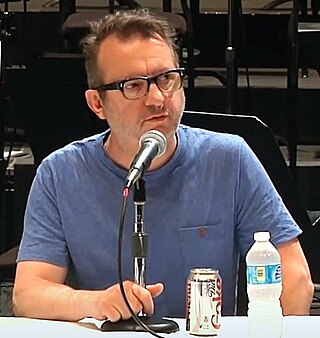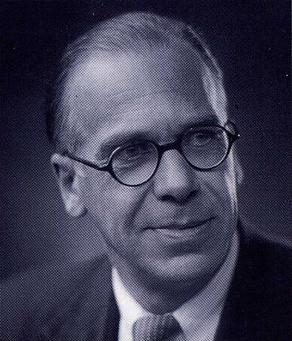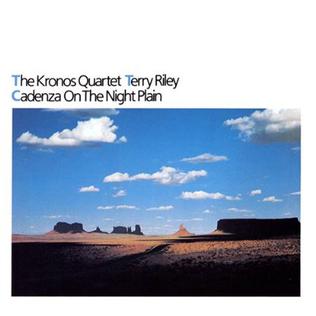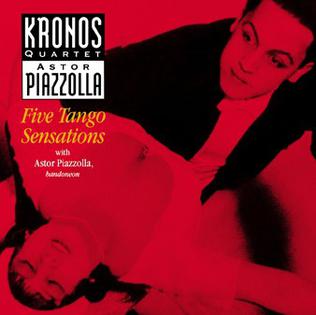
The Pulitzer Prize for Music is one of seven Pulitzer Prizes awarded annually in Letters, Drama, and Music. It was first given in 1943. Joseph Pulitzer arranged for a music scholarship to be awarded each year, and this was eventually converted into a prize: "For a distinguished musical composition of significant dimension by an American that has had its first performance in the United States during the year."

Mark-Anthony Turnage is an English composer of contemporary classical music.
Benjamin Burwell Johnston Jr. was an American contemporary music composer, known for his use of just intonation. He was called "one of the foremost composers of microtonal music" by Philip Bush and "one of the best non-famous composers this country has to offer" by John Rockwell.

John Luther Adams is an American composer whose music is inspired by nature, especially the landscapes of Alaska, where he lived from 1978 to 2014. His orchestral work Become Ocean was awarded the 2014 Pulitzer Prize for Music.

Pēteris Vasks is a Latvian composer.

William Alwyn, was an English composer, conductor, and music teacher.

Hilding Constantin Rosenberg was a Swedish composer and conductor. He is commonly regarded as the first Swedish modernist composer, and one of the most influential figures in 20th-century classical music in Sweden.

Aulis Heikki Sallinen is a Finnish contemporary classical music composer. His music has been variously described as "remorselessly harsh", a "beautifully crafted amalgam of several 20th-century styles", and "neo-romantic". Sallinen studied at the Sibelius Academy, where his teachers included Joonas Kokkonen. He has had works commissioned by the Kronos Quartet, and has also written seven operas, eight symphonies, concertos for violin, cello, flute, horn, and English horn, as well as several chamber works. He won the Nordic Council Music Prize in 1978 for his opera Ratsumies.
Edward Gregson is an English composer of instrumental and choral music, particularly for brass and wind bands and ensembles, as well as music for the theatre, film, and television. He was also principal of the Royal Northern College of Music.
Carl Edward Vine, is an Australian composer of contemporary classical music.
Michael Blake is a South African contemporary classical music composer and performer. He studied in Johannesburg in the 1970s and was associated with conceptual art and the emergence of an indigenous experimental music aesthetic. In 1976 he embarked on 'African Journal', a series of pieces for Western instruments that drew on his studies of traditional African music and aesthetics, which continued to expand during two decades in London until he returned to South Africa in 1998. From around 2000 African music becomes less explicit on the surface of his compositions, but elements of rhythm and repetition remain as part of a more postcolonial engagement with material and form. He works in a range of styles including minimalism and collage, and now also forages for source material from the entire musical canon.
Mary Ellen Childs is an American composer and multimedia artist and founder of the ensemble Crash. She grew up as a dancer and writes music often influenced by dance rhythms. She currently administers the McKnight Artist Fellowships for Dance.
The Dublin Guitar Quartet is an Irish guitar quartet that specialises in the performance of contemporary classical music, particularly music associated with minimalist composers such as Philip Glass, Steve Reich, Arvo Pärt and Kevin Volans. The bulk of their repertoire consists of their own transcriptions of works by these composers. They have also transcribed and performed works by György Ligeti, Igor Stravinsky and Michael Nyman.
Isak Roux is a South African born German composer born in 1959. He is known for his arrangements of South African music, especially his work with the musical groups Ladysmith Black Mambazo and Kwela Tebza.
Justinian Tamusuza is a Ugandan composer of contemporary classical music.

The discography of the Kronos Quartet includes 43 studio albums, two compilations, five soundtracks, and 29 contributions to other artists' records. The Kronos Quartet plays classical, pop, rock, jazz, folk, world and contemporary classical music and was founded in 1973 by violinist David Harrington. Since 1978, they are based in San Francisco, California. Since 1985, the quartet's music has been released on Nonesuch Records.

Terry Riley: Cadenza on the Night Plain is a studio album by the Kronos Quartet, the first album-length recording of a collaboration between the quartet and American composer Terry Riley.

Five Tango Sensations is a suite of works (Asleep—Loving—Anxiety—Despertar—Fear) for bandoneón and string quartet written in 1989 by Argentine composer Ástor Piazzolla. It was premiered in New York that year and recorded immediately afterwards by the Kronos Quartet and the composer, who played the bandoneón. The record was one of a set of three internationally tinged albums released simultaneously, the Argentine music of this album being accompanied by the music of South-African composer Kevin Volans on Kevin Volans: Hunting:Gathering and the music of Polish composer Witold Lutosławski on Witold Lutosławski: String Quartet.

Piano and String Quartet is a composition by American avant-garde composer Morton Feldman. It was commissioned by the Kronos Quartet and pianist Aki Takahashi, who premiered the piece at the 7th annual New Music America Festival in Los Angeles and released a studio recording in 1993.
This is a Nonesuch Records discography, organized by catalog number.












